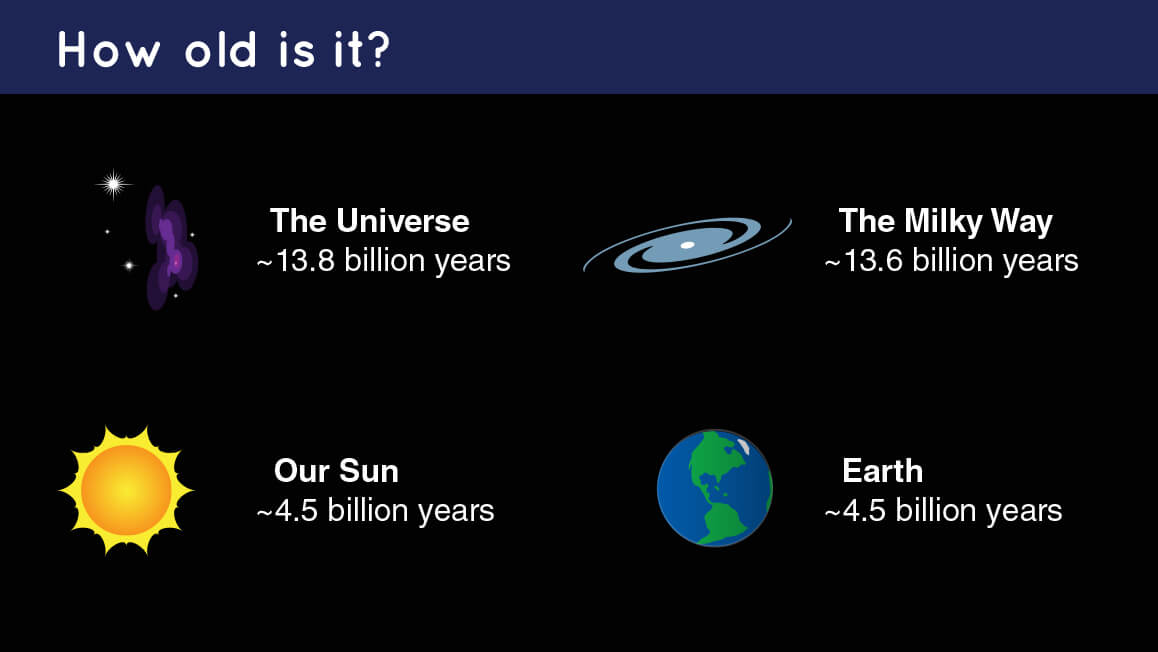The universe is vast and fascinating, full of mysteries and wonders that we are still uncovering. One of the most intriguing questions that astronomers have been trying to answer is the age of galaxies. How old are these massive structures that dot the cosmic landscape?
According to current research, most galaxies are between 10 billion and 13.6 billion years old. This means that they formed when the universe was still relatively young, just a few billion years old. Our own Milky Way galaxy is estimated to be around 13.6 billion years old.
But how do we know the age of galaxies that are billions of light-years away from us? The answer lies in the study of light. Light travels at a constant speed of nearly 186,000 miles per second, which means that it takes a certain amount of time for light from distant objects to reach us. By measuring the time it takes for light to travel from a galaxy to Earth, astronomers can estimate its distance and, consequently, its age.
One of the most distant galaxies we know of is GN-z11, which is located 13.4 billion light-years away from us. This means that the light we see from this galaxy is as it was when the universe was just 400 million years old! This incredible feat was achieved using NASA's Hubble Space Telescope, which has revolutionized our understanding of the universe.
Studying distant galaxies like GN-z11 has given astronomers a glimpse into the early universe, when galaxies were just beginning to form. By comparing different galaxies at different distances, they can begin to understand how these structures evolve over time, from their birth to their eventual death.
But studying galaxies is not just about understanding the past. It can also tell us about the present and the future of the universe. By analyzing the light emitted by galaxies, astronomers can learn about the composition of the universe, the distribution of matter and dark matter, and the rate of expansion of the universe.
Tags:
Cosmology

